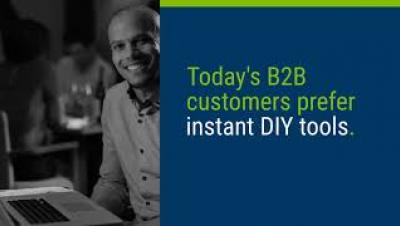31 customer service statistics you need to know
Over the past two years, the Internet has become our conference room, gym, doctor’s office, personal gathering place—basically, our whole life. With consumers spending more time online than ever before, companies have had to rethink their customer service experience. Businesses need to gain a clear understanding of the type of digital interactions customers want instead of relying on intuition.











